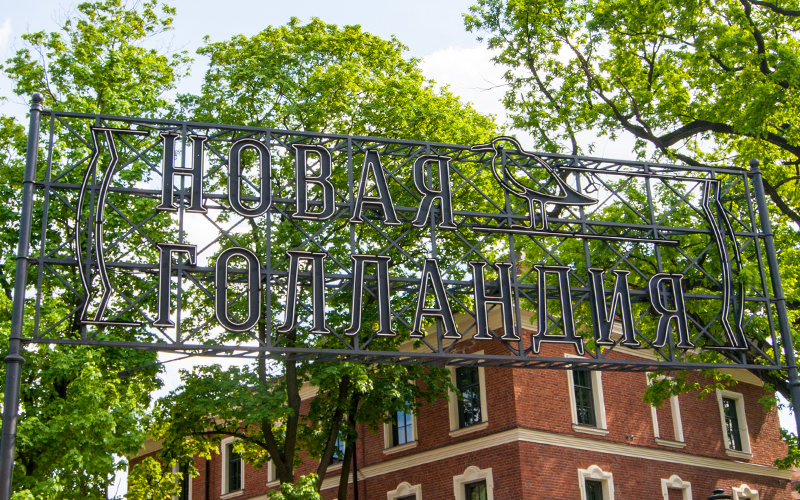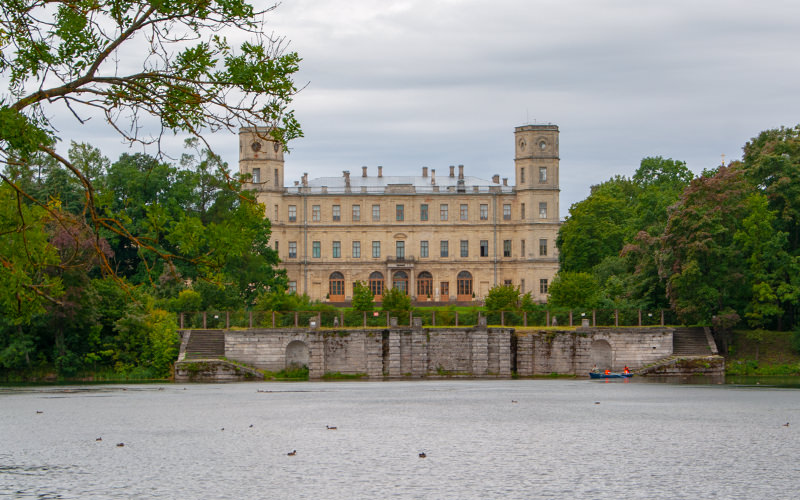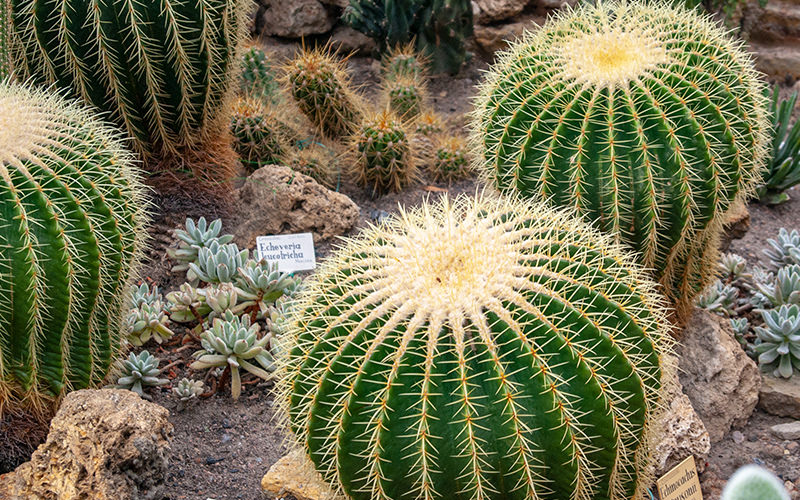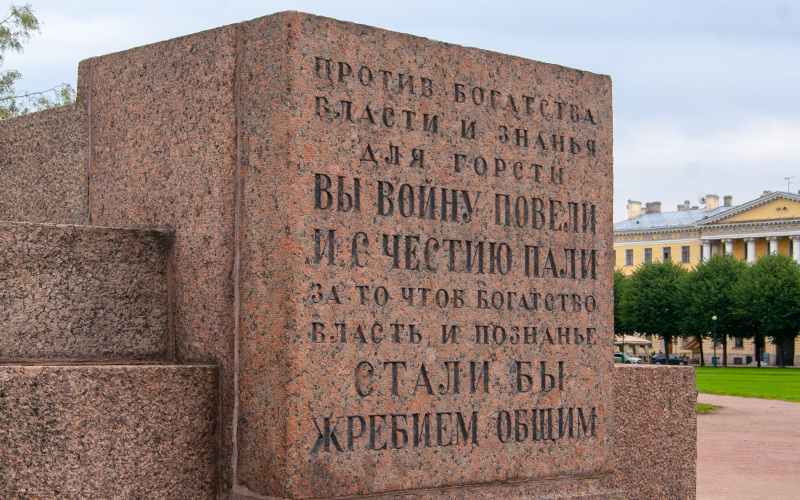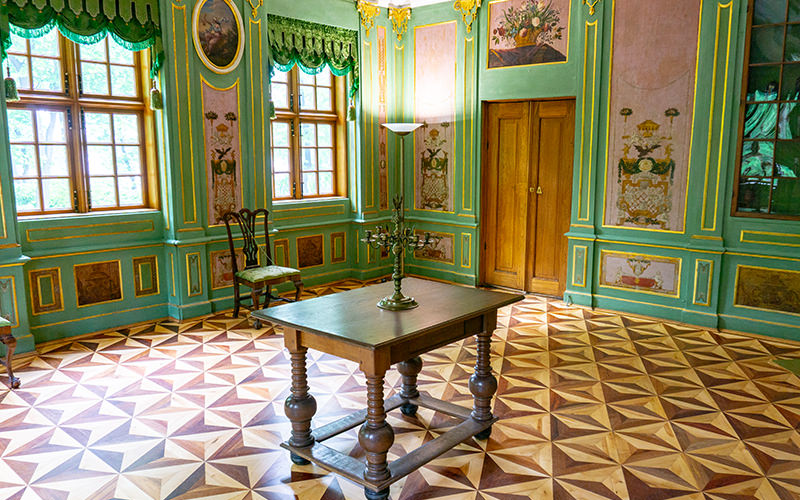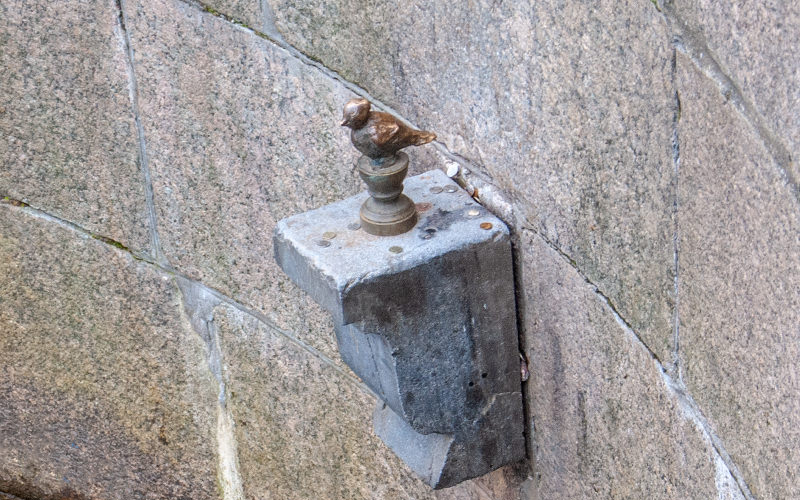The Summer Garden is a gem of landscape architecture in St. Petersburg. Its rich history and convenient location in the city center make it one of the most visited tourist attractions in St. Petersburg.
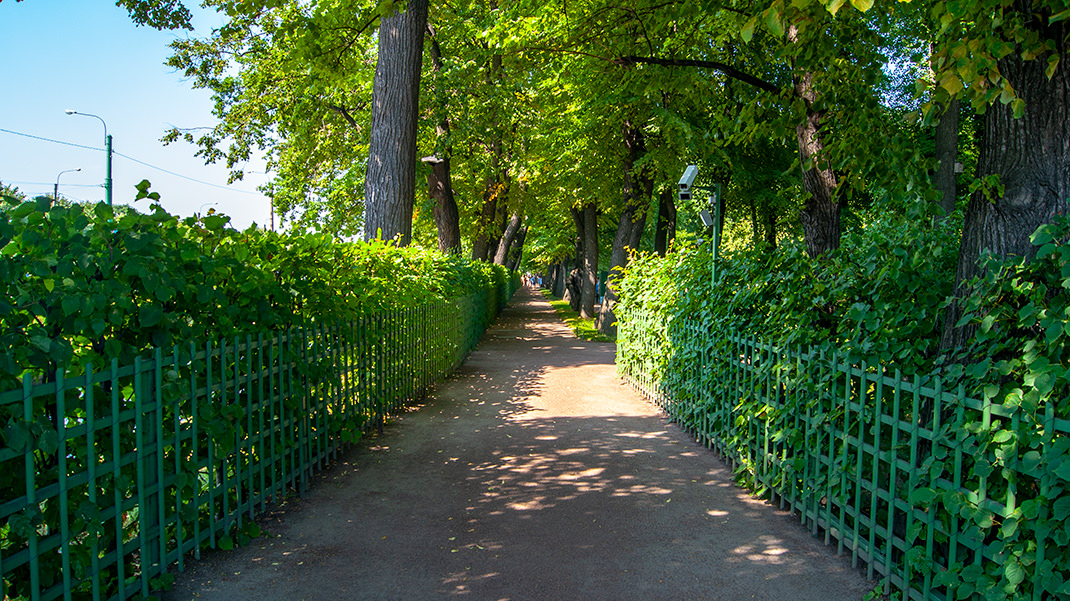
The garden's history dates back to 1704 when Peter I ordered the creation of a summer royal residence on the site of a former Swedish estate. The Summer Garden was designed in the Western European style with contributions from famous architects such as Domenico Trezzini and Bartolomeo Francesco Rastrelli. Peter I himself took an active part in the garden's development.
How to Get There
The Summer Garden has two entrances. The nearest metro station on the Neva side is "Gorkovskaya." After exiting the metro, walk past the Peter and Paul Fortress without turning towards it. Cross the river via the Trinity Bridge, and you will arrive at the garden.
If you enter the garden from the Moika River side, it is most convenient to exit at the "Nevsky Prospekt," "Gostiny Dvor," or "Chernyshevskaya" stations. We recommend exiting at Nevsky Prospekt as you will pass Griboyedov Canal, the Church of the Savior on Spilled Blood, Mikhailovsky Castle, and its namesake garden on the way.
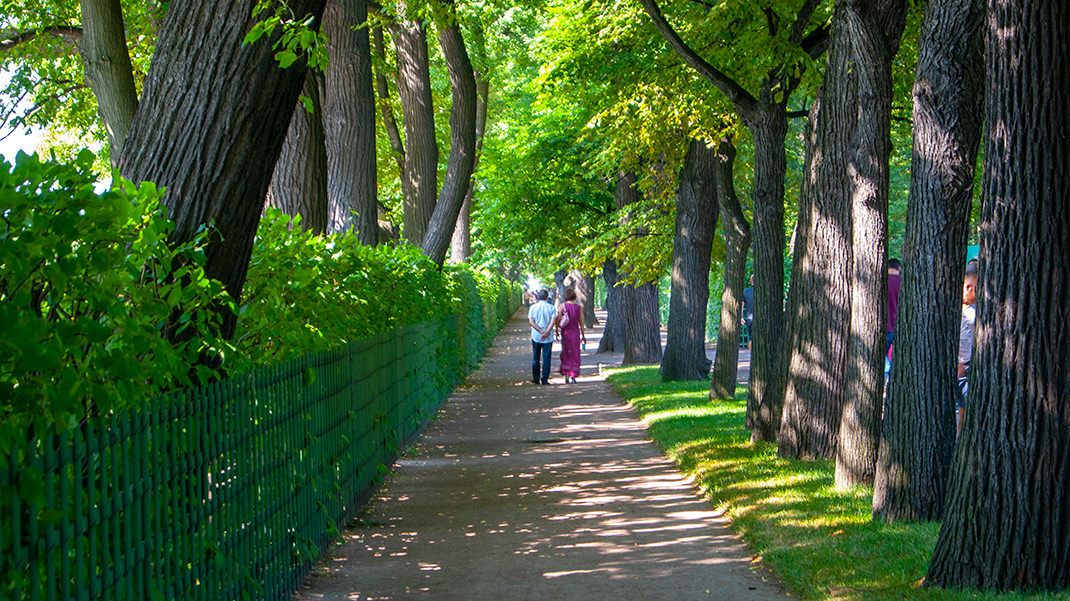
Opening Hours of the Summer Garden
- May to October: 10:00 AM to 10:00 PM;
- October to April: 10:00 AM to 8:00 PM;
- Closed for drying in April;
- Closed on Tuesdays.
Admission to the park is free, although in the summer of 2018, during the "Imperial Gardens of Russia" festival, the entrance was paid. The event lasted from June 21 to June 27.
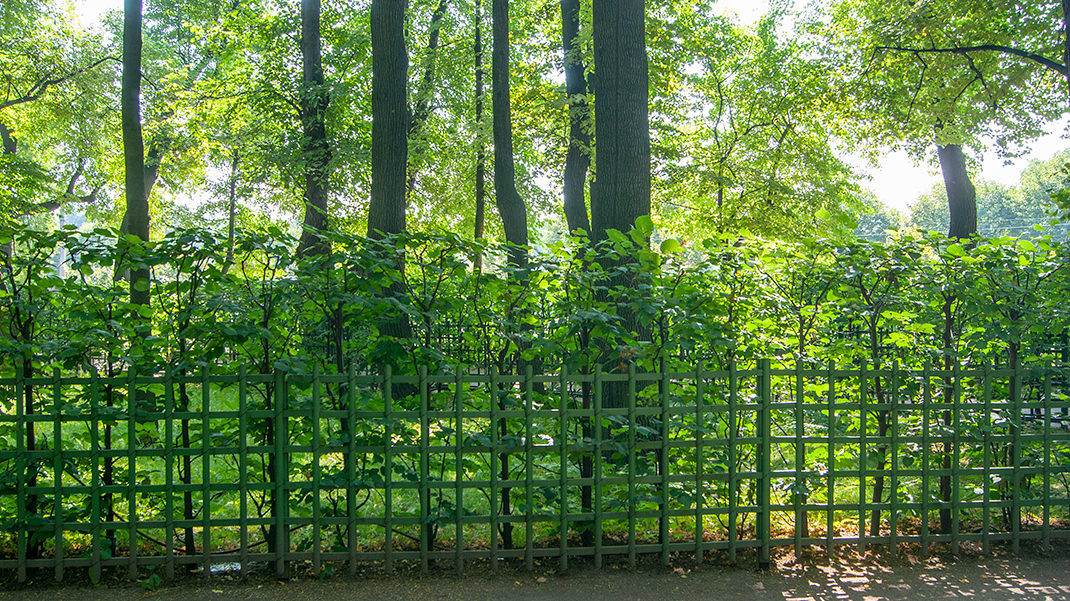
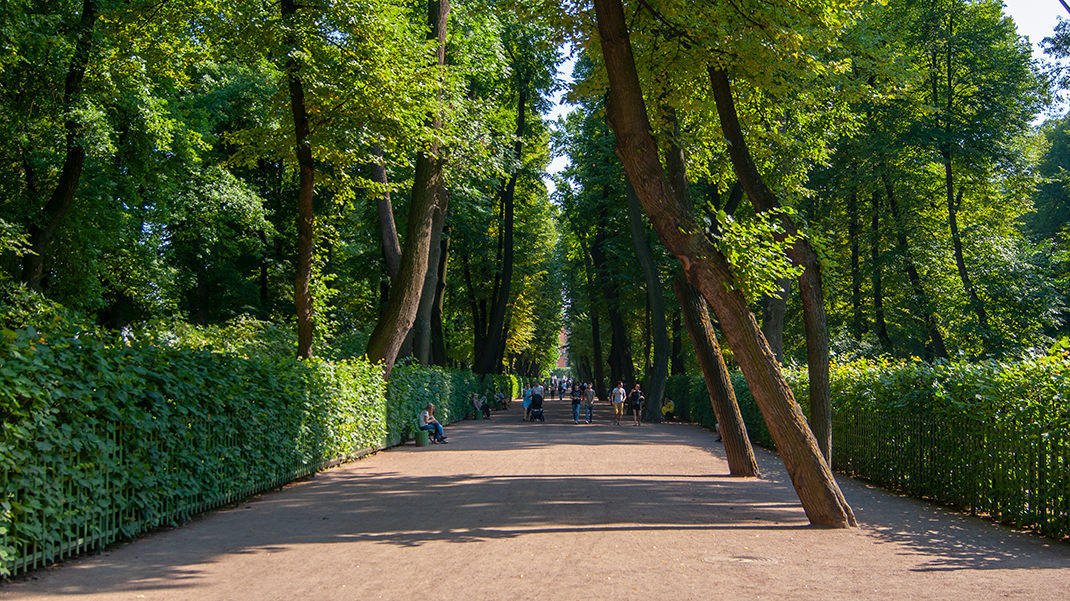
The Summer Garden is bordered by the Neva and Moika Rivers to the north and south, and by the Swan Canal and Fontanka River to the west and east. The Carp Pond is located in the southern part of the park, where you can see swans, ducks, and other birds. Also in this part of the park is a porphyry vase, a gift to Nicholas I from King Charles XIV of Sweden.
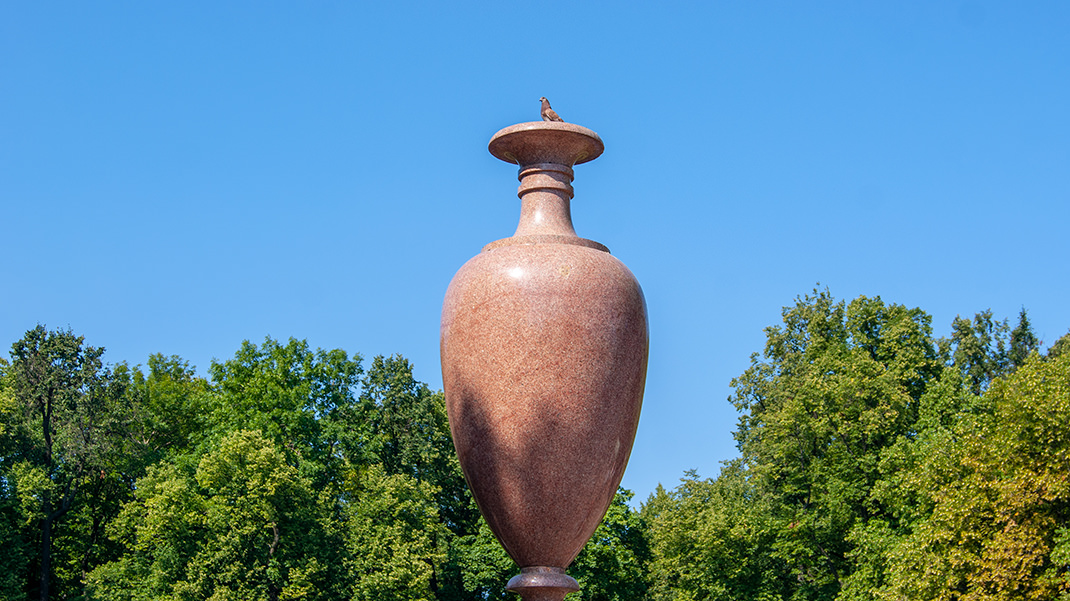
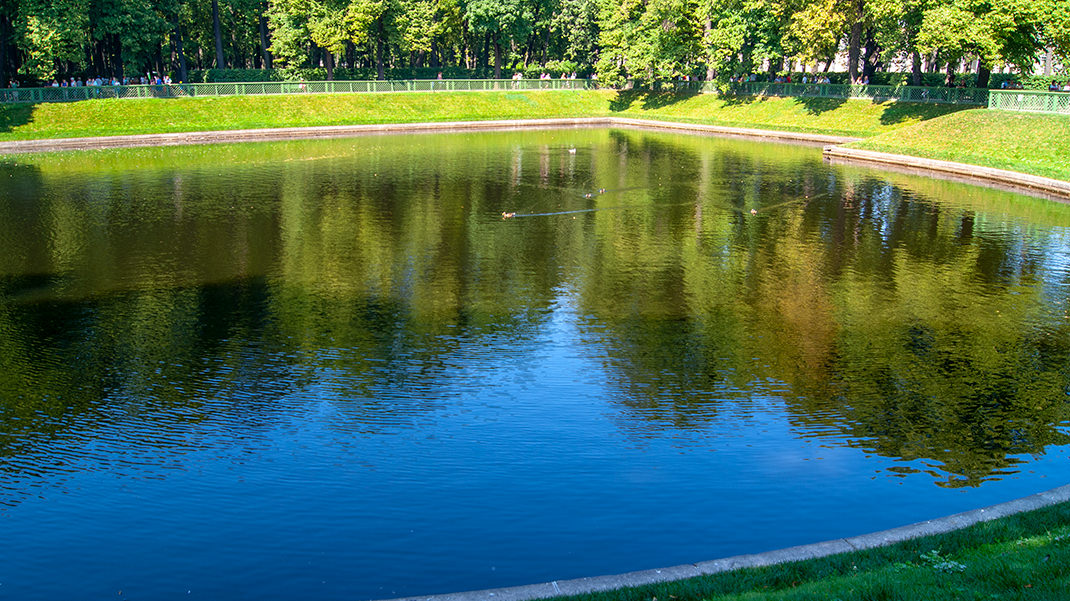
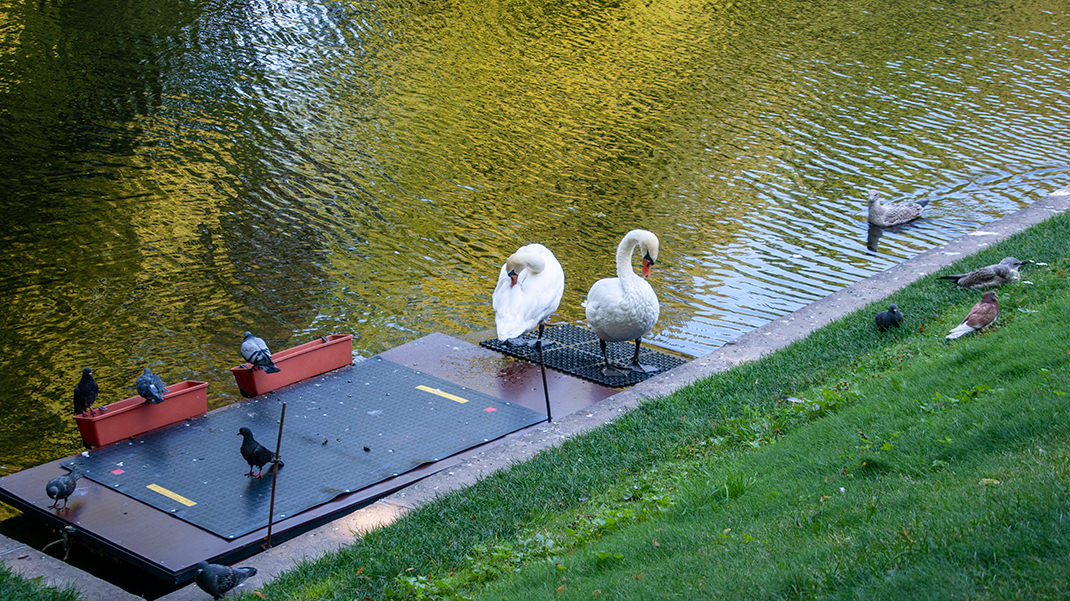
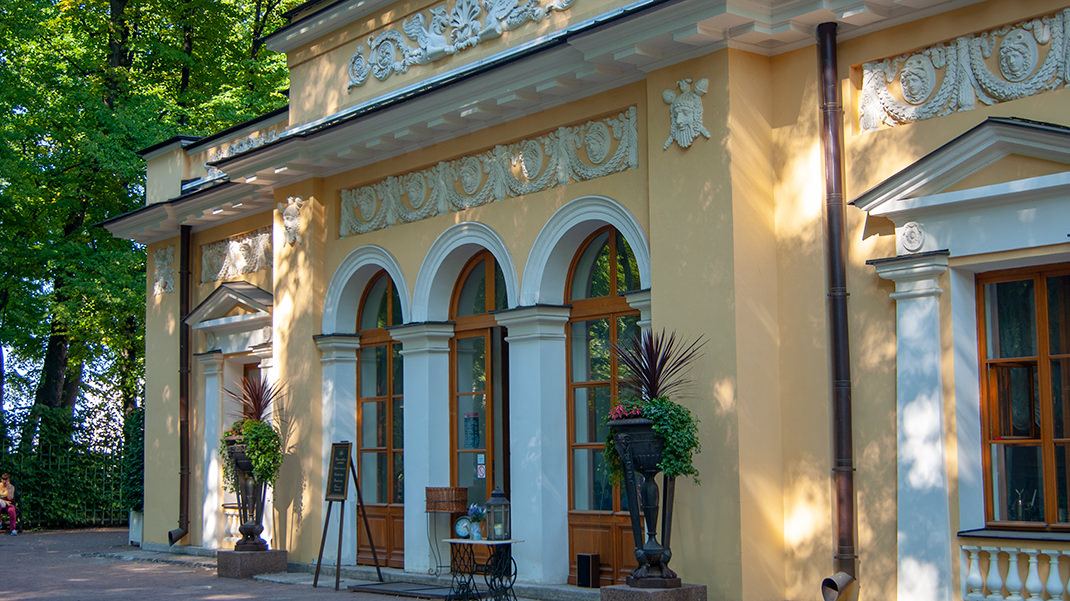
Around 90 statues are installed in the Summer Garden, most of which are copies. The originals are displayed in Mikhailovsky Castle. Within the garden, you can find several so-called bosquets, creating enclosed spaces with shrubs around the perimeter:
- Menagerie Pond;
- Bird Yard;
- Crosswalk;
- French Parterre;
- Green Cabinets.
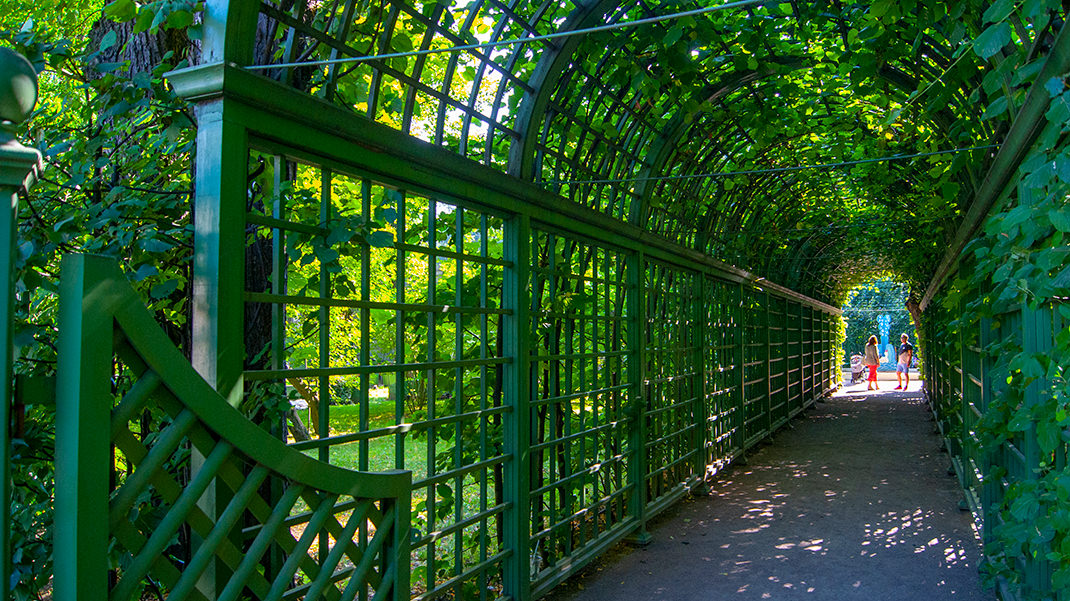
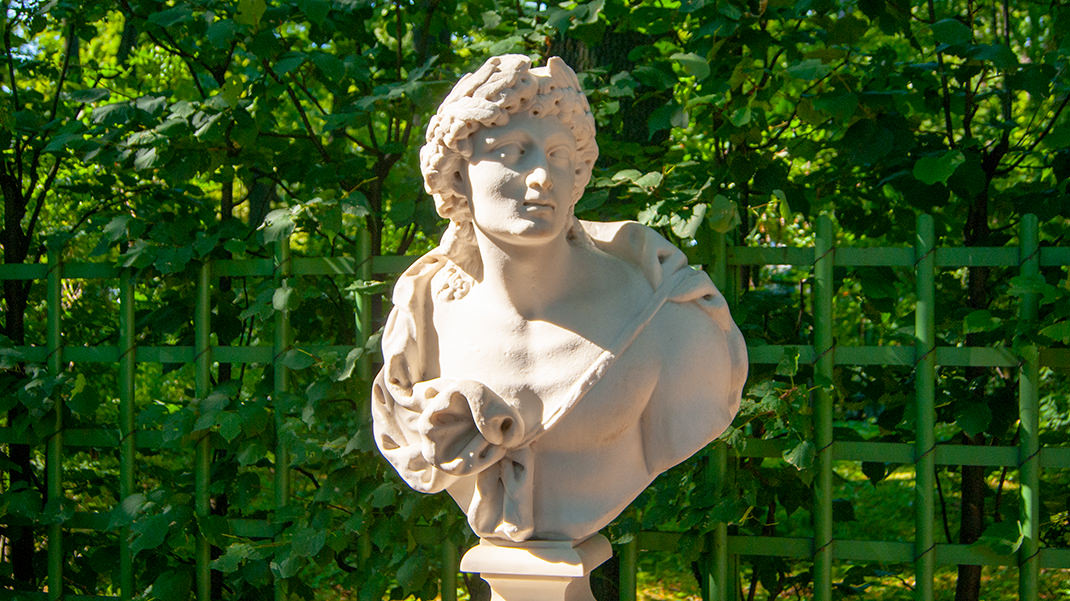
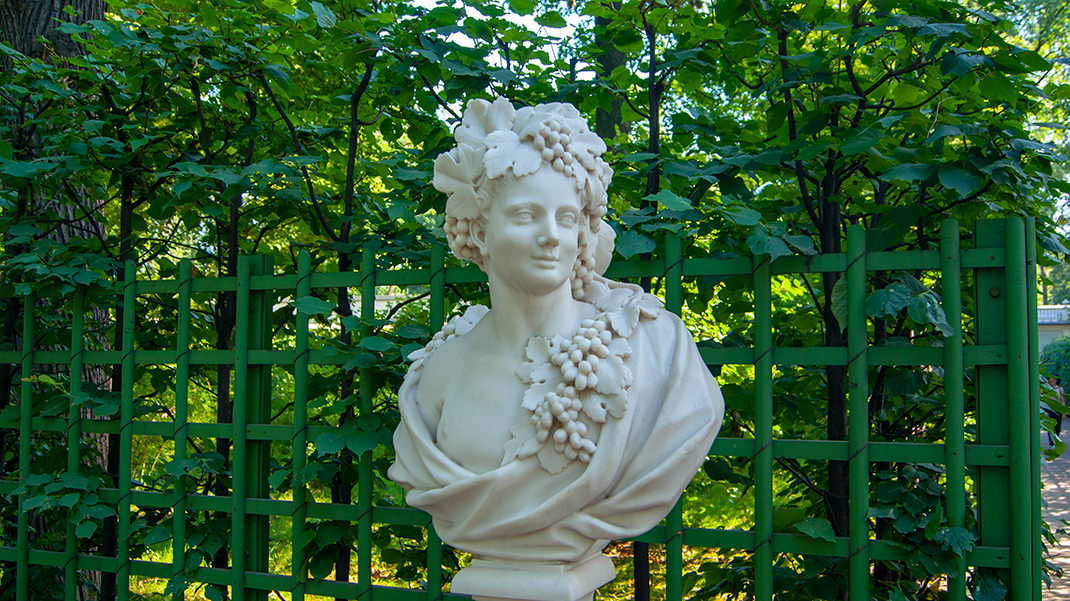
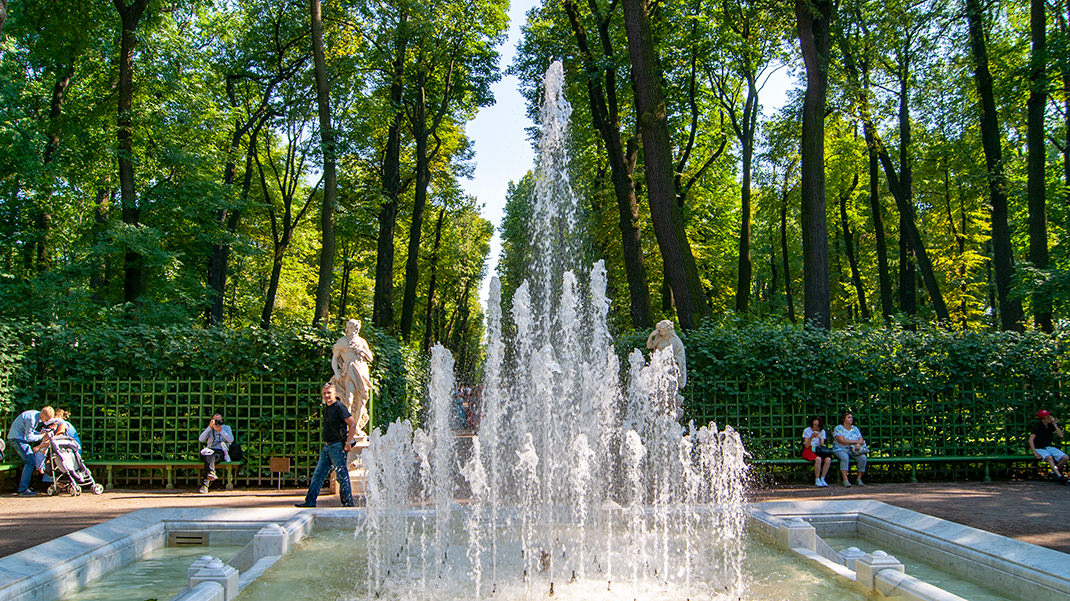
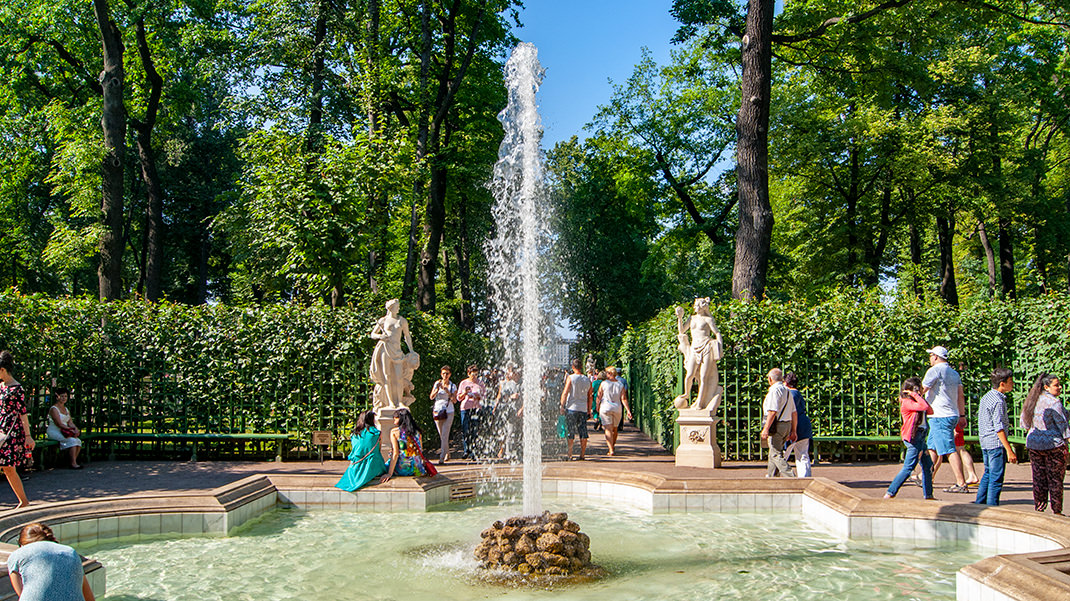
Additionally, there are 8 functioning fountains and 1 museumized fountain in the garden.
Previously, the "Grotto" pavilion, the first of its kind in Russia, was located on the Fontanka Riverbank. The pavilion was lost, and the Coffee House was built in its place.

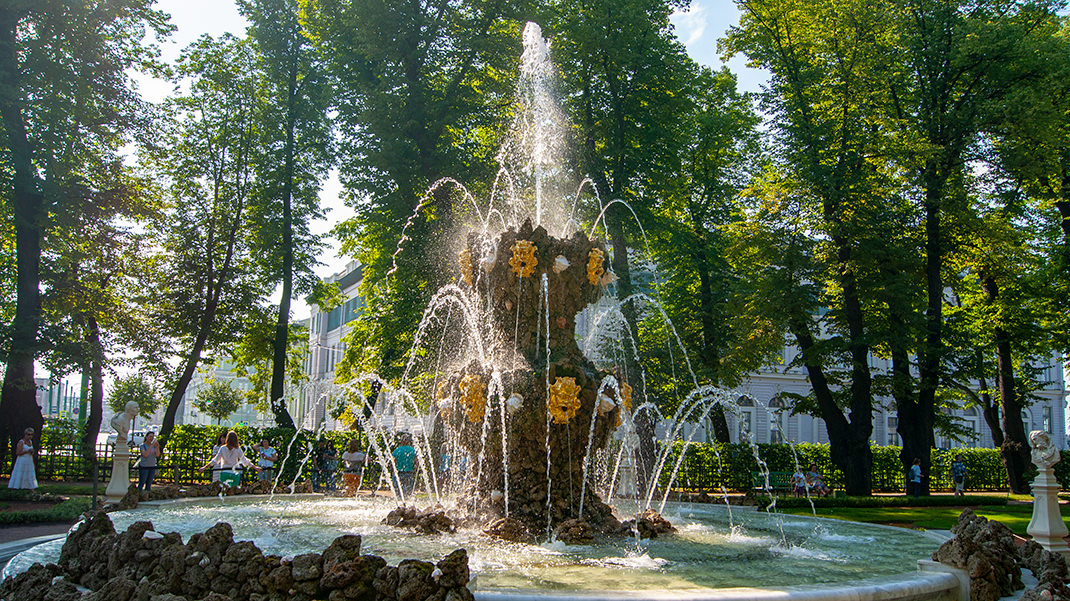

In the northeastern part of the park is the Summer Palace of Peter I, built by architect Trezzini between 1710 and 1714. The building now serves as a branch of the Russian Museum. In Peter's time, there was a second palace in the Summer Garden, built for Catherine I.
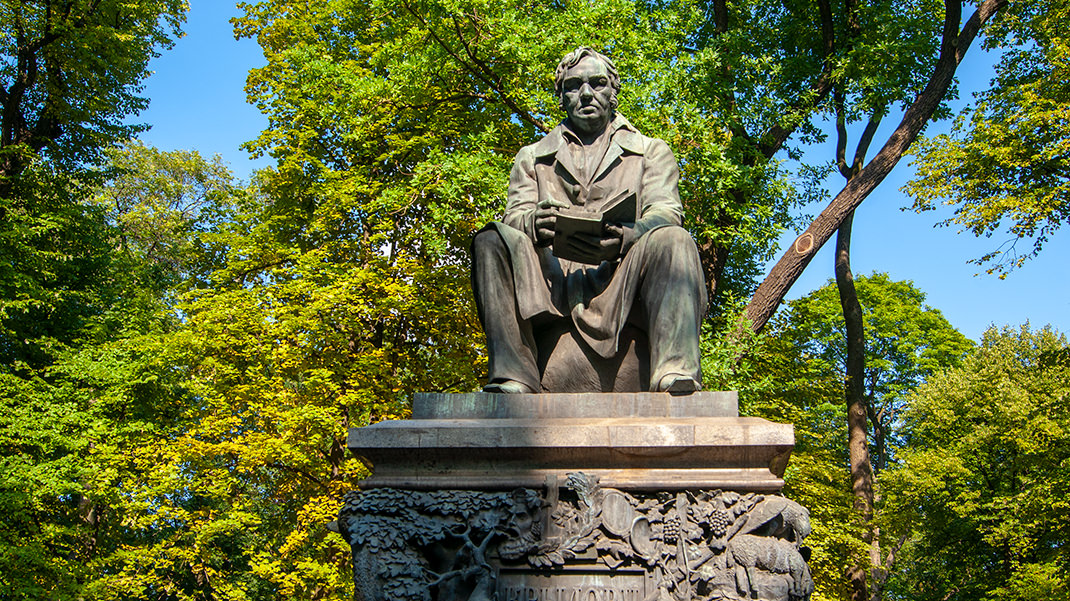
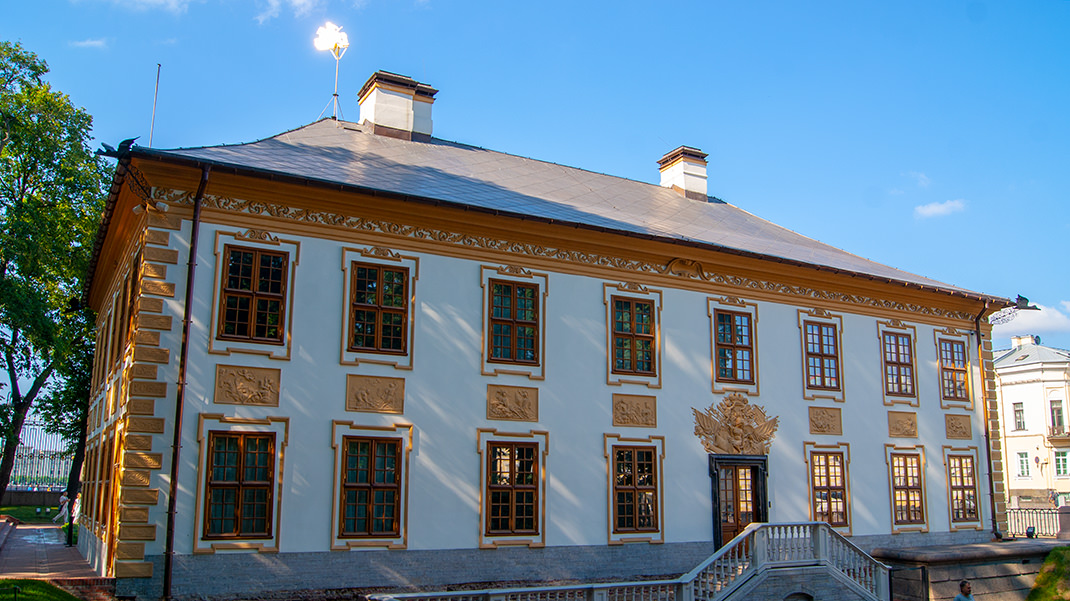
The Summer Garden suffered significant damage from the 1924 flood. During World War II, the garden's sculptures were buried underground for protection and thus preserved.
Near the Summer Garden, you can find many famous sites in St. Petersburg: the Field of Mars, Mikhailovsky Castle, the Church of the Savior on Spilled Blood, and the Chizhik-Pyzhik monument.
In summary:
- A park with a rich history in the heart of the city;
- An excellent place for photoshoots;
- The fence of the Summer Garden along the Neva is one of the unofficial symbols of St. Petersburg.


